THE 2021/22 point-to-point season could be classed as the year of recovery. Not since the foot and mouth outbreak of 2001 has the sport endured as tumultuous a time as what has faced it during the Covid-19 pandemic.
Unlike foot and mouth, the damage of Covid was felt across two seasons, ensuring the past seven months have been about returning the sport to a safe footing following those challenging interruptions.
After 88 fixtures - a tally which will continue to rise over the coming three weekends as the season continues to wind to a close - have now been run, notwithstanding the mid-season insurance troubles that admittedly have not fully been dispelled, and so attention must turn to the future.
What will that future look like for point-to-pointing here? A look across the Irish Sea to point-to-pointing in Britain should provide the sport’s regulators with a glimpse into the reality of what could well be facing them in the years to come.
Across the five fixtures staged there last Sunday, the 31 races run were contested by just 129 horses or an average of four runners per race. That may be just one day in isolation, but it continues a trend across their season that mirrors much of the difficulties facing British racing as a whole with depleted field sizes.
A snapshot of point-to-pointing here points to one of the chief problems facing the sport’s authorities if a repeat of the current British situation is to be avoided.
Corresponding
Last week, there were a total of 2,726 horses with a hunter certificate eligible to run in an Irish point-to-point. On the corresponding date 10 years earlier that figure stood at 3,761, a drop of close to 30% with over 1,000 fewer horses in the system.
There are many sub-stories in that figure and just as many implications from it. None more stark than in the number of active handlers holding at least one hunter certificate. This metric has halved in that same time from over 1,000 to just 467 handlers this year.
There are likely many reasons why this number of individual handlers has suffered such a significant decline in this relatively short period of time, but its link to the number of older horses that have also been lost from the sport happens upon the crux of the difficulty facing the sport in future years.
At the beginning of May 2012, there were over 2,200 horses aged six and older with a hunter certificate representing no fewer than 875 individual handlers, which is not far from double the number of active handlers that the sport as a whole has now.
Today both numbers have plummeted. The tally of 2,242 older horses in that May 2012 snapshot has fallen to 946 in the corresponding week of this year, and there are now only 378 handlers with a hunter certificate for an older horse against 876 ten years earlier.
The picture is not all filled with negatives. Unsurprisingly given the behemoth that it has become, the number of four and five-year-old horses has enjoyed a boost, with the balance of 10 years ago where older horses had accounted for two thirds of all hunter certificates having been inversed. It is now the four and five-year-old age group that accounts for two thirds of all hunter certificates here.
The difficulty for the sport is that the increase in the number of younger-aged horses has been nowhere near sufficient to account for the losses in their elder counterparts.
In part, the growth within the younger age maidens has also masked the gravity of the problem on a weekly basis with four-year-old handlers contributing significantly to the entry revenues of hunt committees with their multiple entries for horses each week. Without action the British reality will draw ever closer.
is needed
THE sports authorities in the Irish National Hunt Steeplechase Committee are not blind to the issue facing them from falling numbers in the older horse division or in the handler population and have been trying to address it.
At the outset of the current spring campaign they put up in excess of €13,000 in additional prize money to be spread across seven stand-alone races. Four individual older maidens from January through to April were each to carry a bonus of €1,000, a winners final was run at Monksgrange last month in which they sponsored the race with additional prize money of €3,250, while there were two maiden races run for handlers who had trained fewer than 10 winners which each carried a €3,000 bonus.
The difficulties facing this approach was evident in the race results. Their INHSC Final was won by the Colin Bowe-trained Gunnery Officer who is catalogued in next week’s Goffs UK Spring Sale in Doncaster, a sale that also features one of their €1,000 bonus maiden race winners Killybegs Junior, while other winners of those bonus older maiden races having been sold or progressed directly to the track.
The aforementioned foot and mouth interruption gave rise to the introduction of the autumn season two decades ago, and it is going to require a similarly bold and innovative approach from the sport’s regulators to get to grips with this current challenge.
COLIN MOTHERWAY’s Pour Les Filles (93+) is out of a Supreme Leader mare who finished second in a listed race and it will be disappointing if he cannot surpass his mother’s racing achievements on the evidence of his winning debut which saw him defeat the previously placed runner-up Trooper Thorn by a going away four lengths at the line at Bartlemy.
His jumping was a notable asset, a fact no more so evident than at the final fence, and it will stand to him as he moves into novice company on the track.
Thomas Mor (89+) appeared to be suited by the return to better ground and is a brother to Erne River who also took a couple of starts to open his account.
It will be interesting to note if he progresses in the same manner, while Ooh Betty (79+) swiftly left her Dromahane form from just a week earlier behind to win going away at the line.
Broughshane is a relatively recent addition to the spring calendar, but in the five previous fixtures there, the four-year-old maiden race has developed as strong a list of previous winners as any late season maiden courtesy of previous winners such as Fakir D’Alene, Born Survivor and Calino D’Airy.
They have all developed into 140-rated chasers and this latest edition of the race would certainly have to be classed as competitive with no fewer than 10 horses tightly grouped jumping the third-last.
It was Kinbara (90+) who was towards the rear of that group at this point who cut through the field with a degree of ease.
Despite steadying into the last, he continued to finish best of all as he came through to lead in the closing strides, suggesting he is value for the half-length winning margin in a particularly bunched finish where just over six lengths covered the first six finishers.
Close finishes were the order of the day at the Antrim course as is often the case with two and a half lengths the widest winning margin across the six races run on the car.
That honour went to Some Man (104+) in the open, a race which also clocked the quickest time on the day.
He did not have to be fully extended to pick up his fifth win of the season which will put him in pole position for the champion point-to-point horse title.
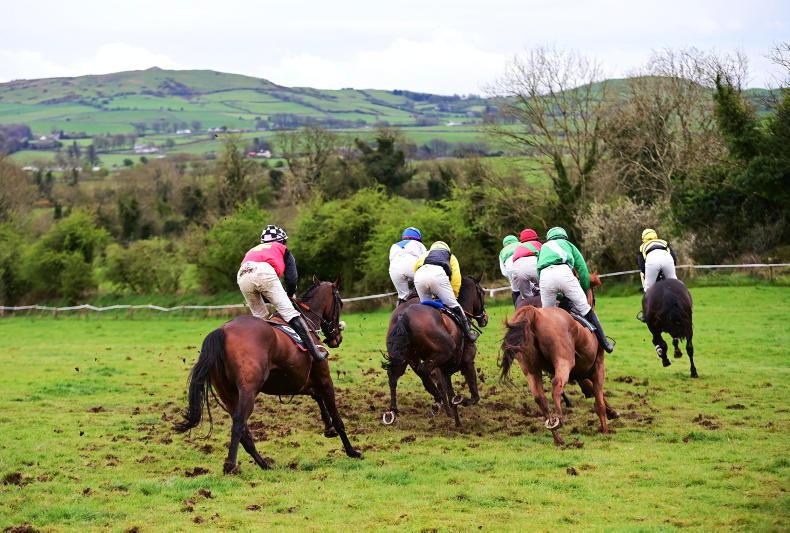

 This is a subscriber-only article
This is a subscriber-only article
 It looks like you're browsing in private mode
It looks like you're browsing in private mode




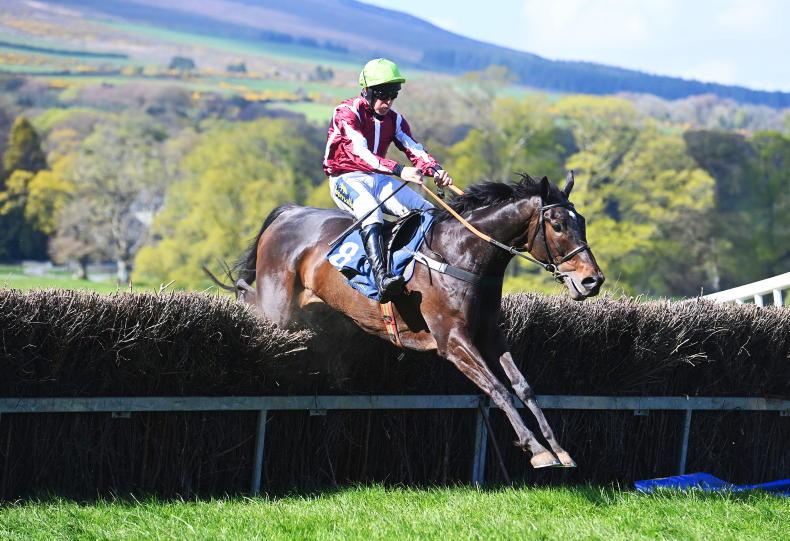
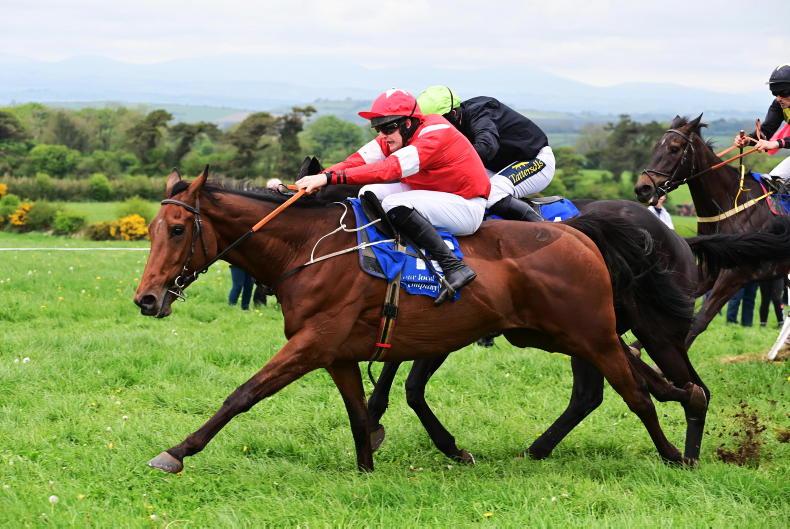




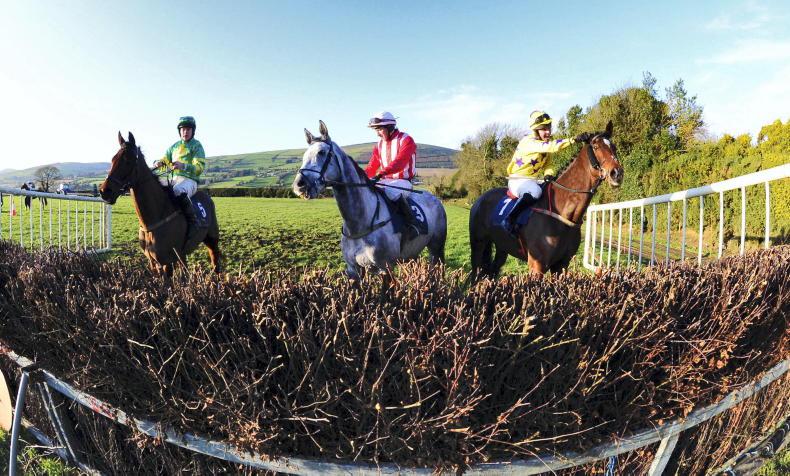
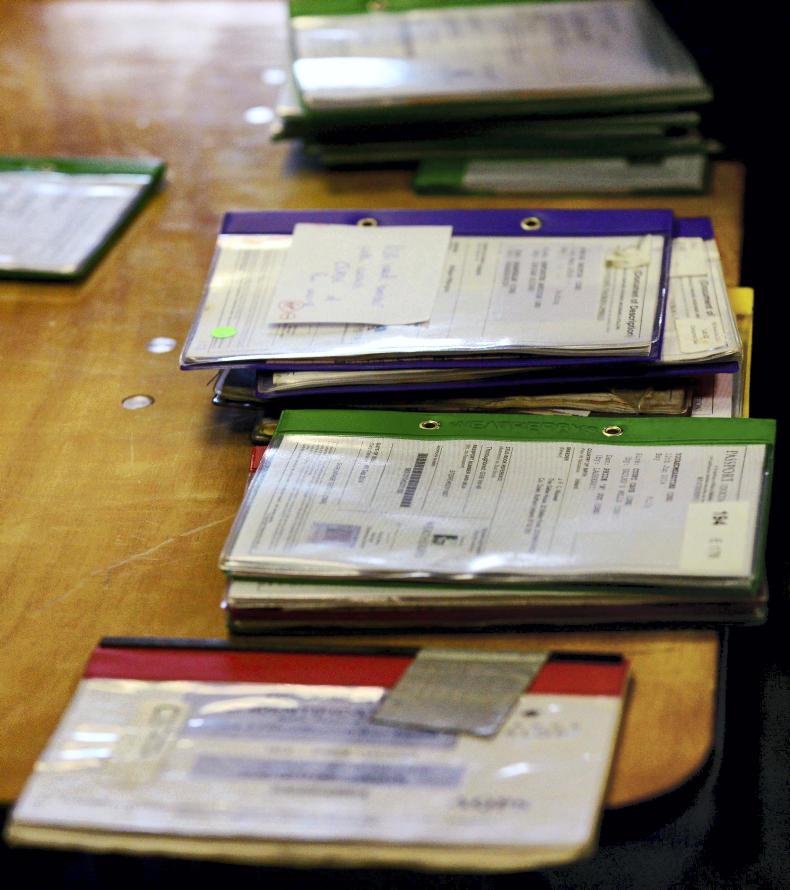
SHARING OPTIONS: